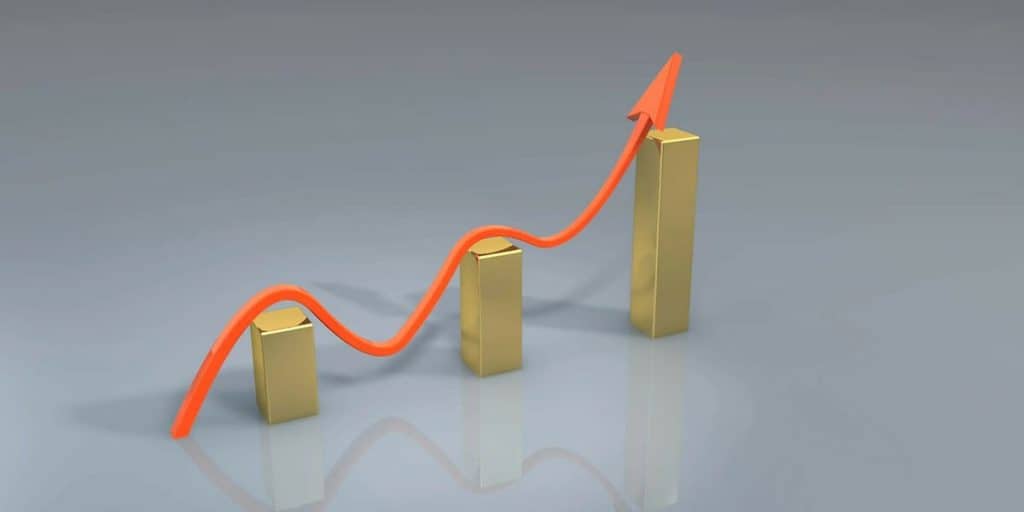In one way or another, the new tax law passed by Congress in December 2017 will affect your taxes. But will it affect the annual percentage rate (APR) of your credit cards?
The tax law does lots of things, but it has no direct impact on credit card APR, which determines how much it costs to borrow money from a card issuer.
However, the tax law could play a part in the overall economic environment in the U.S., and that environment could lead to a decrease or, more likely, an increase in APRs.
To explain why the tax law could affect your credit card APR requires a bit of an economics lesson. We promise it won’t be boring.
Compare Credit Cards
How credit card APR works
As described by credit card issuer Symphony Financial, a credit card APR starts with the basic interest rate and then adds fees like annual credit card fees to calculate how much it’ll cost you to borrow money via a credit card. As of January 2017, an average APR for a credit card was around 16%.
We can’t stop there, however. There are more wrinkles involved in APRs, according to Symphony Financial:
- A card issuer might charge one APR for purchases but another for balance transfers or cash advances. In addition, you might be hit with a penalty APR for making a late payment or getting too far behind on payments.
- A card issuer might offer a low promotional APR for a certain period, like 12 months. After the introductory period expires, the APR rises to the regular percentage.
- Some credit cards come with a fixed APR. This APR stays in place for at least 12 months; the card issuer must inform you 45 days ahead of time if the APR will be changing.
- Other credit cards come with a variable APR. As the name implies, this APR can vary based on fluctuations in the prime rate (a key lending rate used by banks for their most creditworthy customers) or rates for Treasury bills (which are short-term debts issued by the federal government).
As of January 2017, the prime rate (as determined by the Wall Street Journal) was 4.5%. So, if a credit card issuer sets your variable APR as the prime rate plus 15.99%, the variable APR for your credit card would be 20.49%.
How the new tax law could potentially affect your credit card APR
Mario Costanz, CEO of tax preparation company Happy Tax, explains that the Federal Reserve Board, which oversees the country’s central banking system, raised the federal funds rate — the borrowing rate that banks and credit unions charge each other — three times in 2017. The prime rate is based on the federal funds rate. Each time the prime rate goes up, credit card companies that tie their variable APRs to this rate raise their APRs. When that happens, you wind up paying more to borrow money from your credit card issuer.
“This can be quite frustrating, especially since the corporate tax cuts passed in the last few days of 2017 are almost certainly benefitting the credit card companies you’re paying every month,” Costanz says.
The Federal Reserve Board bumps up the prime rate to prevent the economy from “overheating,” according to The New York Times.
Since the economy is strong now and the new tax law could contribute to that overheating, the Fed is expected to approve three more increases in the prime rate in 2018, the Times says.
Therefore, an already healthy economy coupled with a possible economic boost from the tax law could cause the variable APRs on your credit cards to jump.
What you can do now to potentially ease hikes in the APRs for your credit cards
“Interest rates are climbing, and the time to deal with your high-interest debt is now,” Costanz says. “Even if you don’t have the money to pay down the [debt], consider transferring your balance to a card that offers a 0% introductory rate. Don’t be afraid to negotiate with current or prospective credit card companies. Often, lowering your interest rates and fees is just a matter of making a phone call.”
You also can minimize the effect of an APR increase by paying more than the minimum due each month or, better yet, by paying the entire balance every month and paying it by the due date.
Don’t know the APR for your credit card? You can find it on your monthly credit card statement, either online or on paper.
Compare Credit Cards
Why all of this should matter to you
In the end, why does it matter what your credit card’s APR is and how the tax law affects it? Simply put, that knowledge could save you hundreds or even thousands of dollars over time.
Experian, one of the three major credit-reporting bureaus, offers this example:
You buy a big-screen TV and a sofa for $2,500 on a credit card with an APR of 22%. If you commit to paying this off in 12 months, your monthly payments will be about $235, and you’ll pay about $308 in total interest charges.
But if you pay only the minimum due each month — let’s say it’s 3%, or $75 — you’d still be paying for the TV and sofa more than four years later. Not only that, but you’d pay $1,399 in interest, bringing the total cost of the TV and sofa $3,899, or 55% above the original purchase price of $2,500.
The second part of the scenario outlined by Experian just gets worse if the card has a variable APR and the APR keeps creeping up.
In the market for a credit card? Find a card that fits your needs.
